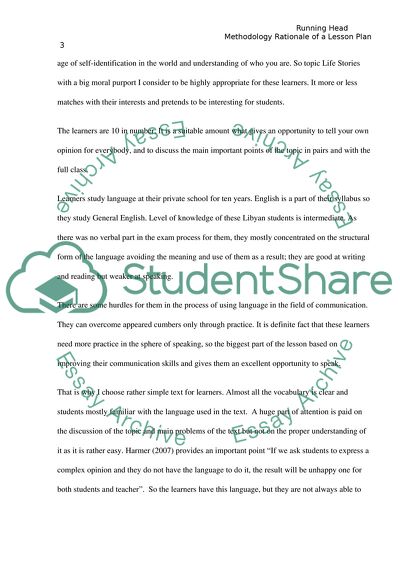Cite this document
(“Methodology rationale of a lesson plan Essay Example | Topics and Well Written Essays - 3750 words”, n.d.)
Retrieved from https://studentshare.org/english/1636424-methodology-rationale-of-a-lesson-plan
Retrieved from https://studentshare.org/english/1636424-methodology-rationale-of-a-lesson-plan
(Methodology Rationale of a Lesson Plan Essay Example | Topics and Well Written Essays - 3750 Words)
https://studentshare.org/english/1636424-methodology-rationale-of-a-lesson-plan.
https://studentshare.org/english/1636424-methodology-rationale-of-a-lesson-plan.
“Methodology Rationale of a Lesson Plan Essay Example | Topics and Well Written Essays - 3750 Words”, n.d. https://studentshare.org/english/1636424-methodology-rationale-of-a-lesson-plan.


